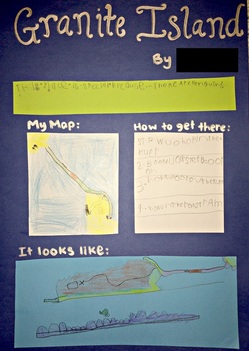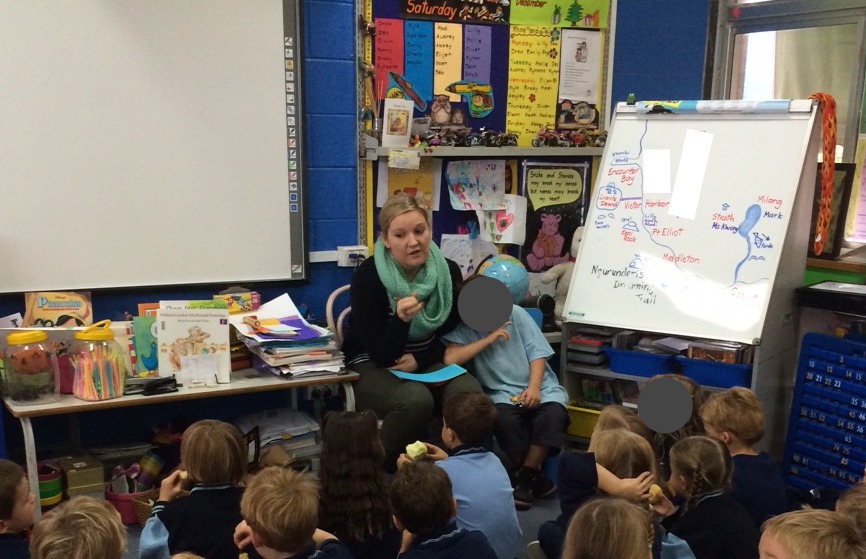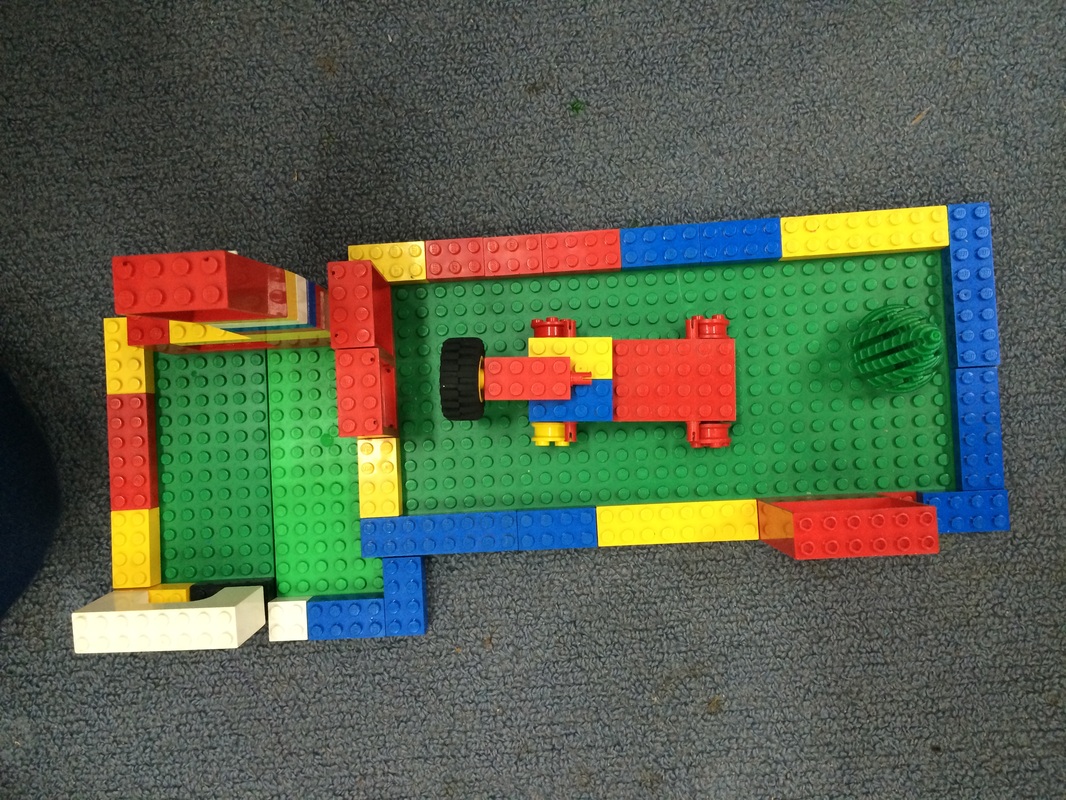Professional Practice
|
3.2 Plan, structure and sequence learning programs |
Teacher's at the graduate level should "plan lesson sequences using knowledge of student learning, content and effective teaching strategies". There are three key components to this standard in context of planning and sequencing units of work: student learning, content and effective teaching strategies. Through my university studies of core curriculum topics, as well as through professional experience, I have developed a number of different units of work that include diverse pedagogies and teaching methodology, a variety of curriculum areas, and that caters to the diverse learning needs of all students.
Curriculum areas which I have written and subsequently taught units in include English, Mathematics, HASS, The Arts (specifically drama), Physical Education, and Science & Design Technology. Many of these units have been integrated units and units of inquiry, and have included a variety of General Capabilities from the Australian Curriculum, as well as responding the the Cross-Curriculum priorities: Aboriginal and Torres Straight Islander histories and culture (Foundation HASS - Geography 'places' unit), Asia and Australia's Engagement with Asia (Year 3 English - Information report on Indonesia - see standard 2.6 ICTs) and Sustainability (Foundation HASS - Geography 'places' unit). Furthermore, each of these units incorporate diverse pedagogical approaches, including different grouping structures (whole class, small group, individual), learning environments (play-based, outdoor, interactive, ICT-based, circle groups, desk work, external/excursion etc.), teaching methodologies (modelling, scaffolding, explicit teaching, inquiry-based model, student-directed, teacher-directed, sharing etc.) and tasks for assessment. Each unit has been developed using a backwards-by-design approach.
Curriculum areas which I have written and subsequently taught units in include English, Mathematics, HASS, The Arts (specifically drama), Physical Education, and Science & Design Technology. Many of these units have been integrated units and units of inquiry, and have included a variety of General Capabilities from the Australian Curriculum, as well as responding the the Cross-Curriculum priorities: Aboriginal and Torres Straight Islander histories and culture (Foundation HASS - Geography 'places' unit), Asia and Australia's Engagement with Asia (Year 3 English - Information report on Indonesia - see standard 2.6 ICTs) and Sustainability (Foundation HASS - Geography 'places' unit). Furthermore, each of these units incorporate diverse pedagogical approaches, including different grouping structures (whole class, small group, individual), learning environments (play-based, outdoor, interactive, ICT-based, circle groups, desk work, external/excursion etc.), teaching methodologies (modelling, scaffolding, explicit teaching, inquiry-based model, student-directed, teacher-directed, sharing etc.) and tasks for assessment. Each unit has been developed using a backwards-by-design approach.
Geography Unit PlanThis 6-week unit plan is an example of a backwards by design sequence, that was developed as an inquiry unit and taught at Victor Harbor R-7 School. This article of evidence seeks to demonstrate my ability to plan, structure and sequence learning programs which include a variety of teaching strategies, taking in to consideration student learning and the ability to integrate curriculum content. The unit integrates the Foundation Geography curriculum with English, Mathematics, The Arts, and History, as well as Physical Education, incorporating the general capabilities for Literacy, numeracy, ICT, critical and creative thinking, and intercultural understanding, as well as the cross-curriculum priorities for Aboriginal and Torres Straight Islander histories and cultures, and sustainability. Teaching tools used include brainstorming, written work, visual art models and images, discussions, interviews, sharing thoughts and feelings, reading response journals, watching and reviewing audio visual resources, using interactive whiteboard resources, production of a final product, presentation of work and using this to take it further (making change). Several lesson plans and assessment rubrics are also included.
|
Your browser does not support viewing this document. Click here to download the document.
Scroll through document or select icon in right corner to view in full screen.
|
Teaching the UnitThe images on the right demonstrate several of the key stages in teaching the Geography unit. The summative assessment piece was to produce a page for a class book about 'Special Places' in the local community. Later this was digitised and students were recorded sharing their learning experiences and their plans for protecting their special places with the class; this formed an AV element of the class book which was later shared with the community. The image of myself in a teaching context shows the Ngurunderi Dreaming Narrative mapped on the the whiteboard against landmarks in the local community - providing an Indigenous perspective of the significant locations in the local area. The image of a Lego model, was a mapping activity for students to create a visual 'birds-eye' model of special place, which was later drawn as a map. This demonstrates integration with Visual Arts, Maths, and English.
|
Professional Experience Report ExcerptDuring my professional Experience, I implemented a number of self-devised units using a backwards by design approach. Each unit was based on the Australian Curriculum for Foundation Year, and included a variety of teaching strategies. This is reflected in the following two excerpts from my final report.
|

This work by Amelia Smart is licensed under a Creative Commons Attribution-NonCommercial-NoDerivatives 4.0 International License.





